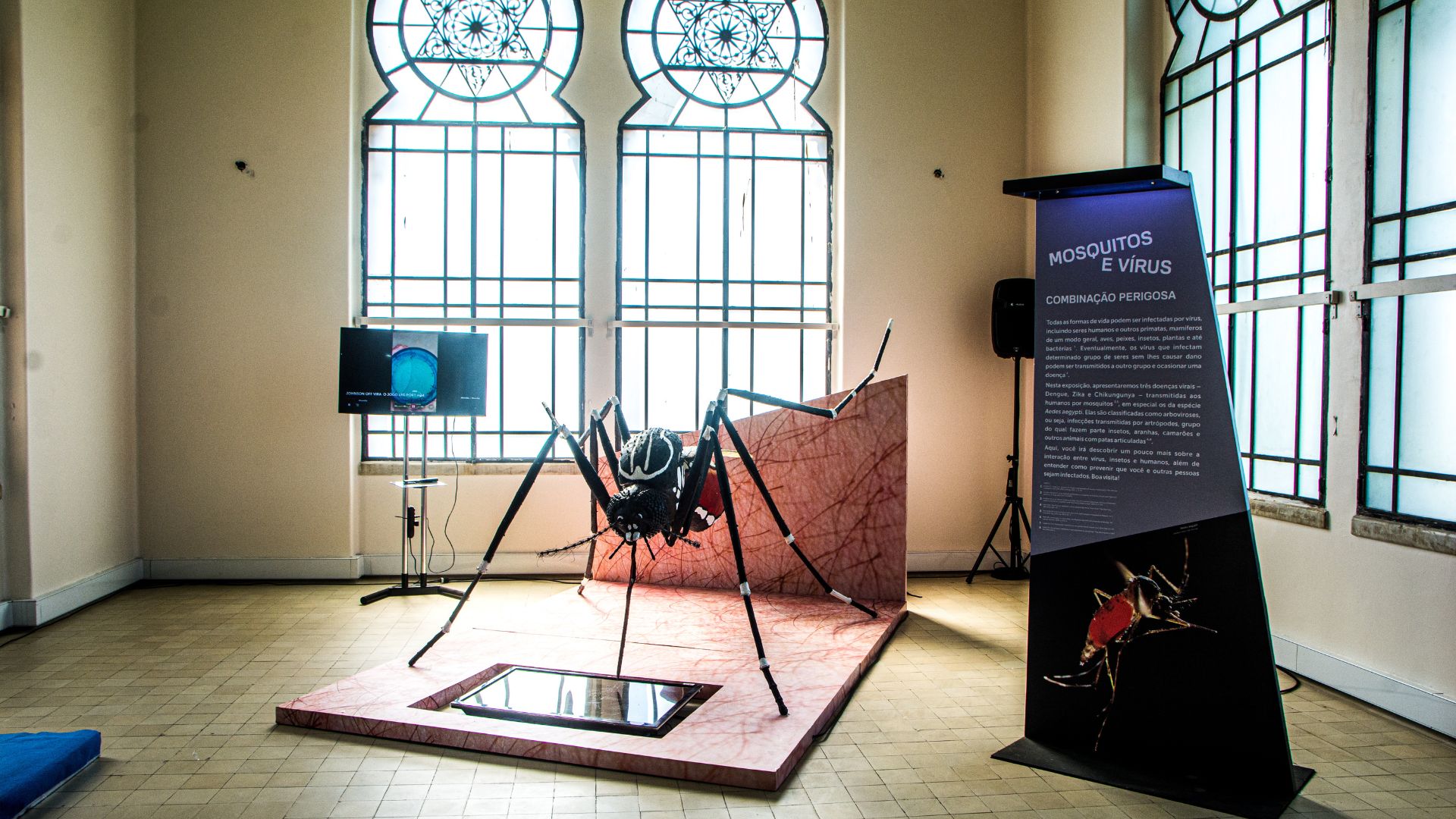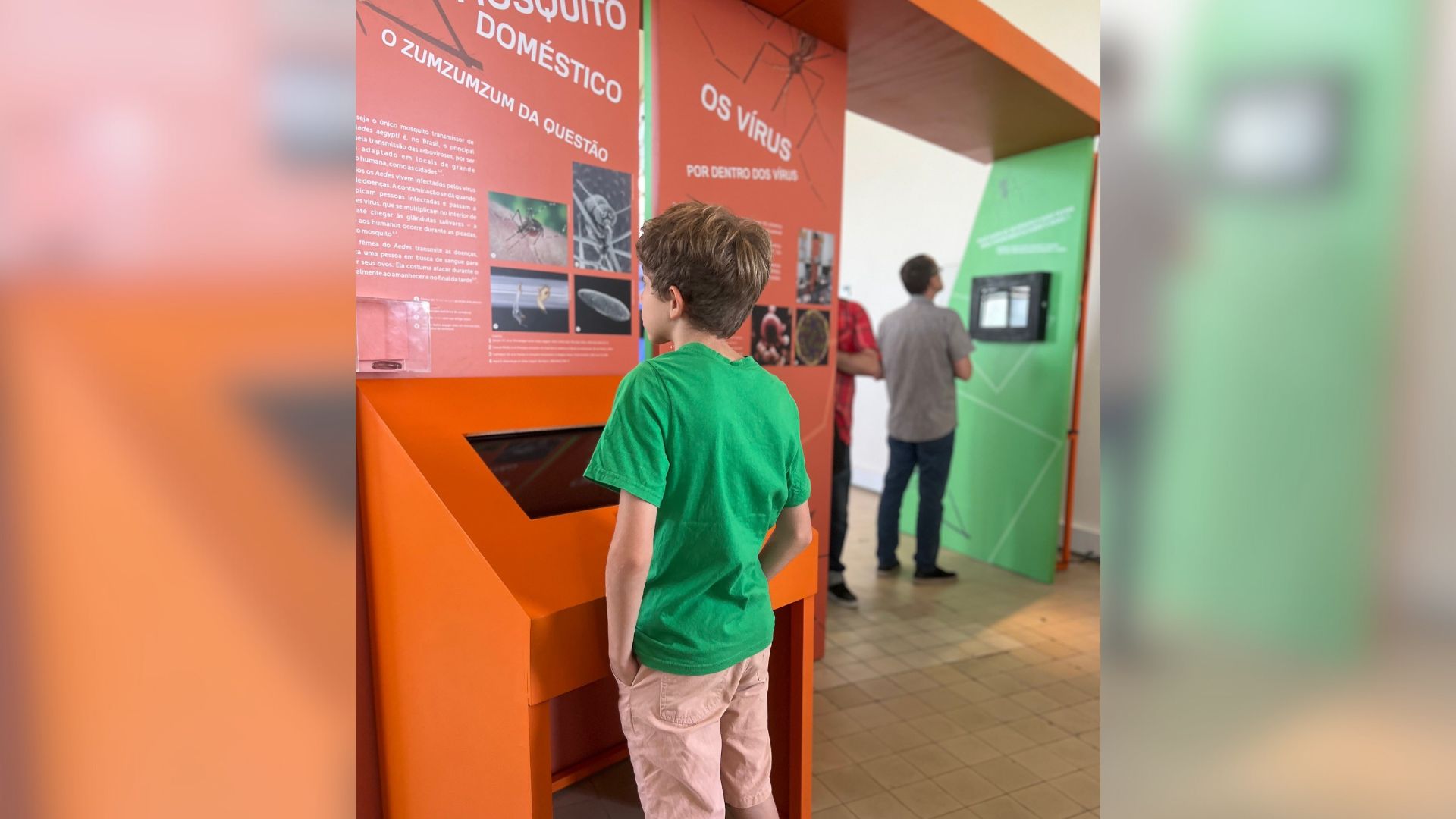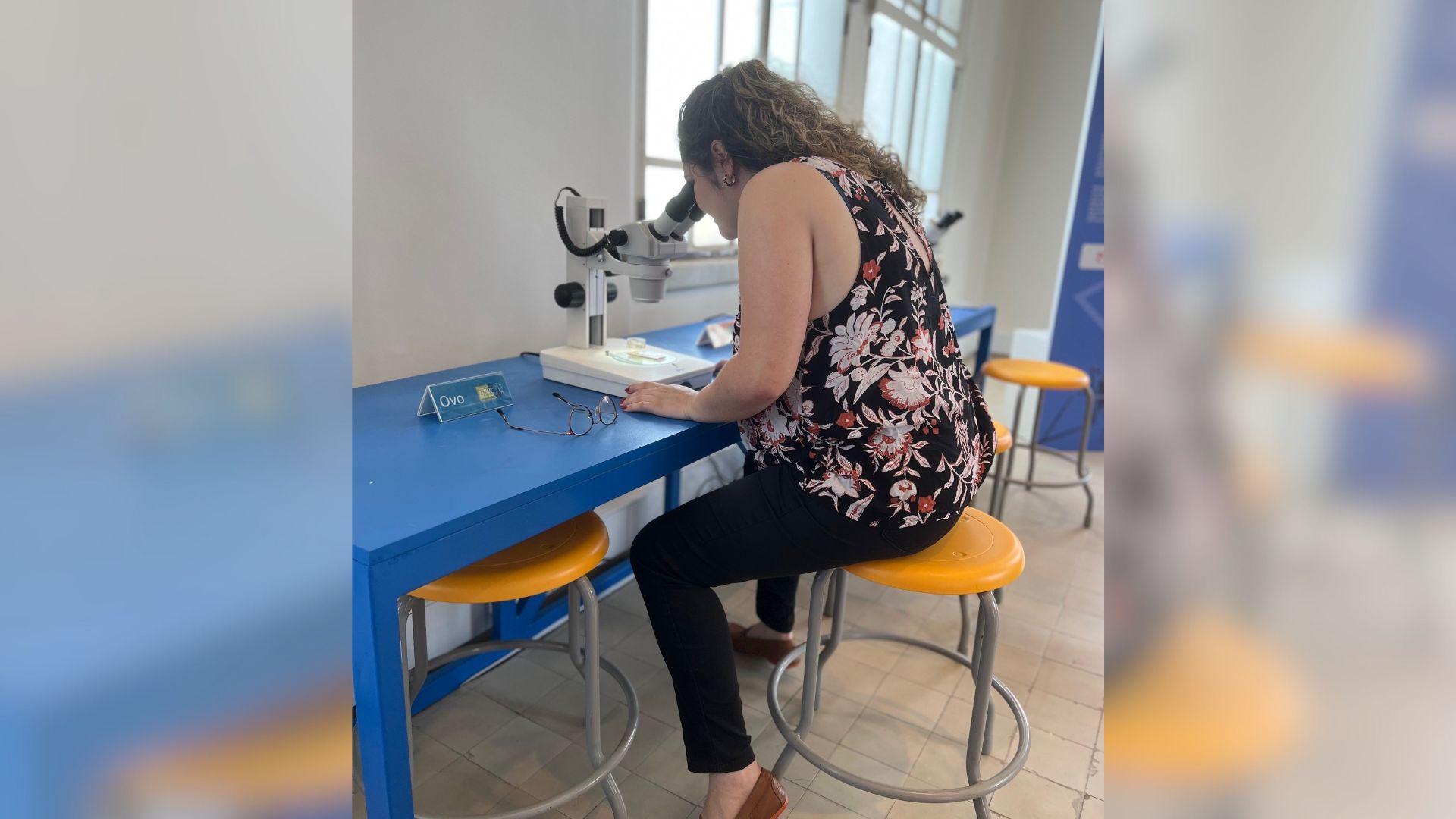Can touch this: Interactive experiences are helping raise awareness about ocean plastic, recycling and mosquito-borne disease
In a world of screens and digital devices, SC Johnson is creating unique and memorable experiences to educate a new generation on protecting our environment and their health.
In the past, going to the museum usually meant walking through exhibits set up, often behind glass and going at your own speed. You'd read labels on stands or walls and perhaps watch a looping video. It was a relatively one-sided experience.
So it's not surprising that in today's hyper-connected world, overflowing with data, devices and interactions between them, the traditional museum experience is finding it more challenging to keep people engaged. Recently, however, museums and exhibits have been embracing a new trend, inspired by the popularity of pop-up Instagram-worthy experiential events, that encourages visitors to not only look but also to touch and interact with the displays.
Immersive experiences actively involve attendees, encouraging them to participate, learn and connect. While these experiences can take various forms, the common thread is that they break down the one-way barrier between the information and attendees. This makes the learning experience more enjoyable and impactful, creating a deeper understanding and better retention of facts.
SC Johnson is tapping into this trend and using innovative technology to transform data and facts on the plastic waste crisis, recycling and mosquito-borne diseases into dynamic, engaging experiences that involve visitors and empower them to become more informed consumers. At three family-friendly museums worldwide, The Blue Paradox in Chicago, Recycling League in Mexico City and Aedes: what mosquito is this? in Rio de Janeiro, touching the display is not only encouraged - it's a vital part of the experience.
Imagine walking beneath the ocean’s surface and being able to see firsthand all of the beauty, wildlife and wonder that our planet’s waters offer. Now imagine an ocean loaded with plastic garbage. Beaches so overwhelmed with waste you can’t see a grain of sand. Microplastics in our food and drinks. It is one thing to read about; it’s another thing to experience in person how pervasive plastic pollution is within the largest ecosystem on our planet.
Presented by SC Johnson, in partnership with Conservation International, The Blue Paradox is an immersive experience that uses 360-degree digital projections so visitors can walk beneath the ocean’s surface, explore the impact plastic pollution has on this vital natural resource, and discover the meaningful actions needed to stop plastic waste from becoming pollution.
The exhibit aims to illuminate a paradox when it comes to plastic use: while the widespread use of plastic in our daily lives has led to considerable advancements in modern society, increased convenience, and reduced reliance on natural resources, it has become one of the most pervasive pollution issues facing our ocean ecosystem and the planet.








At Granja Las Americas, a popular family amusement park in Mexico City, SC Johnson is partnering to educate families about the 3Rs: Reduce, Reuse, and Recycle. Together, they've launched the "Recycling League," an interactive workshop where families can learn about environmental conservation and taking care of the planet.
The goal is to inspire children to become champions of sustainability by participating in waste separation and recycling practices. Three fun and interactive superheroes inspired by our Home Cleaning Brands – Recycle Girl, Guardian Reduce and Captain Reuse – emphasize the importance of sorting waste properly, reducing single-use consumption and reusing materials to give them new life.
Participants have three exciting missions to complete. First, they explore the world of recycling by sorting through a large foam block pit to learn which types of waste can be recycled. Next, they follow the journey of waste disposal by throwing giant balls through a rectangular prism that mimics the various steps in the process. The last mission is to consider how to reuse certain items when applicable. Each participant receives a bottle to craft a personalized creation to take home. As a reward for completing each activity, children receive superhero-themed items such as a belt, a cape and a medal of honor, helping them become true environmental superheroes.
The workshop is specifically tailored for children born after 2010, as this age group has shown a stronger tendency to adopt recycling habits at home. This insight comes from a study conducted by SC Johnson on sustainability in Mexican households, which also found that nearly all Mexican households express concern for the environment. It also noted that almost half of millennial parents involve their children more in sustainable actions than parents from other generations.
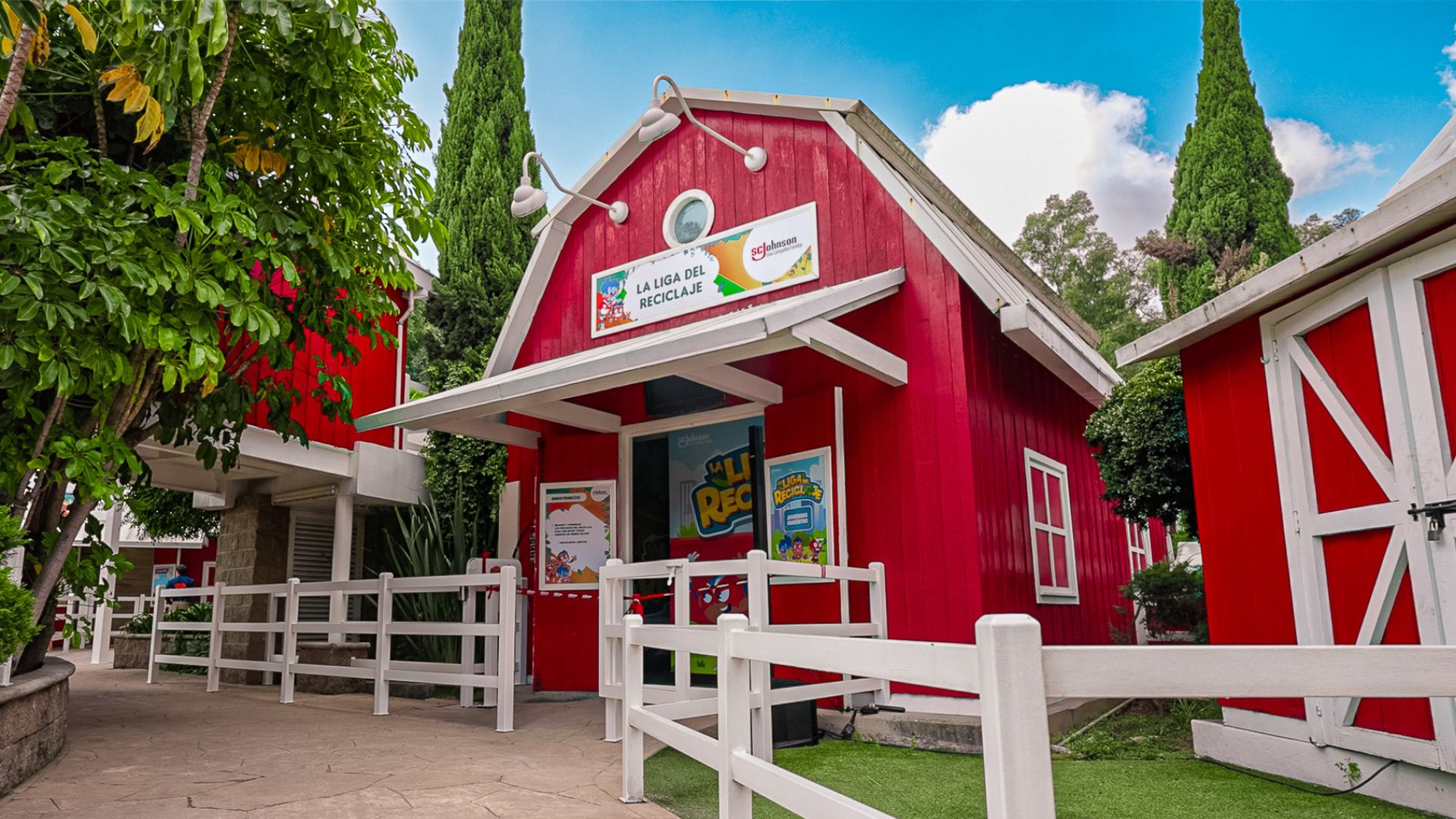
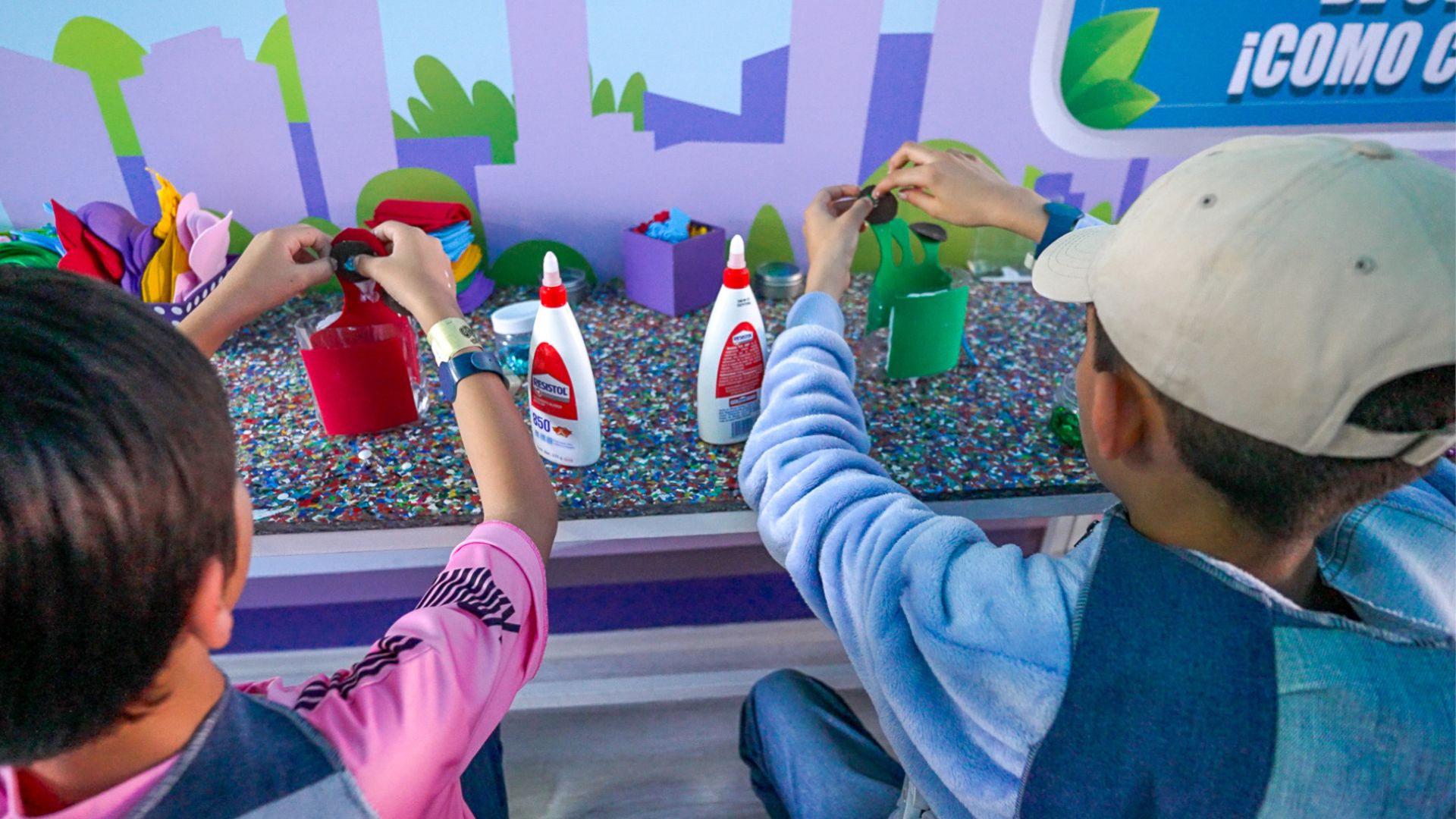
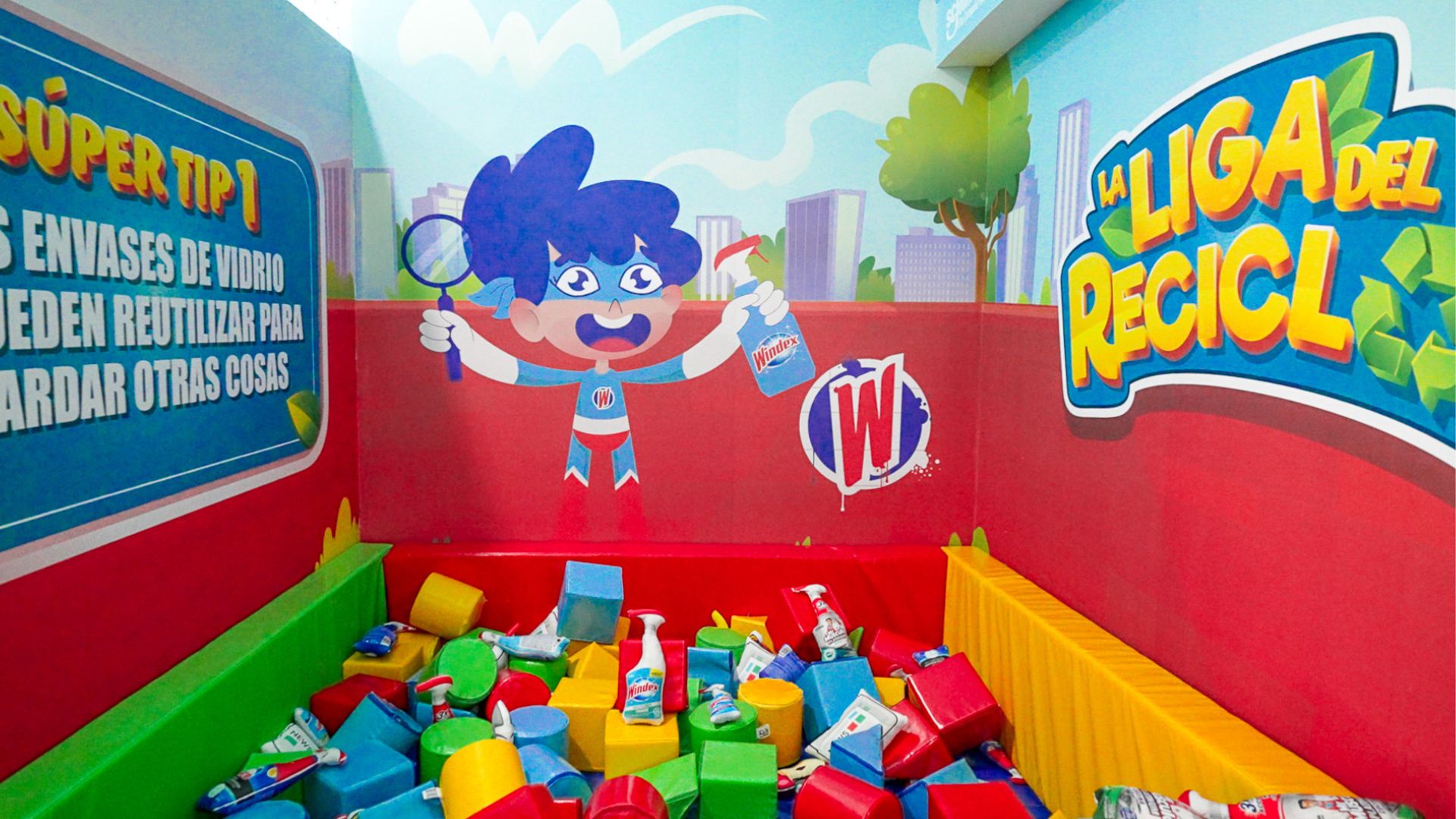



Mosquito bites are an unfortunately relatable human experience. Beyond being itchy and bothersome, they pose serious health risks, spreading diseases such as malaria, dengue, Zika virus, West Nile virus, yellow fever, chikungunya, and lymphatic filariasis.
Teaming up with the Fiocruz Museum of Life in Brazil, SC Johnson relaunched the exhibit "Aedes: What Mosquito Is This?" to raise awareness about the dangers of mosquitoes and provide information on staying protected from mosquito-borne diseases. The interactive exhibit integrates virtual reality experiences, traditional tools like magnifying glasses and microscopes, and interactive games to immerse visitors in mosquito-borne diseases, empowering them with knowledge on effective protection for themselves and their communities.
Thematic zones highlight the diseases mosquitoes transmit, and a dedicated section focuses on ongoing research and solutions. Visitors are encouraged to actively engage in the fight against mosquito-borne illnesses by scouting for potential breeding grounds and identifying and capturing disease-carrying insects.

